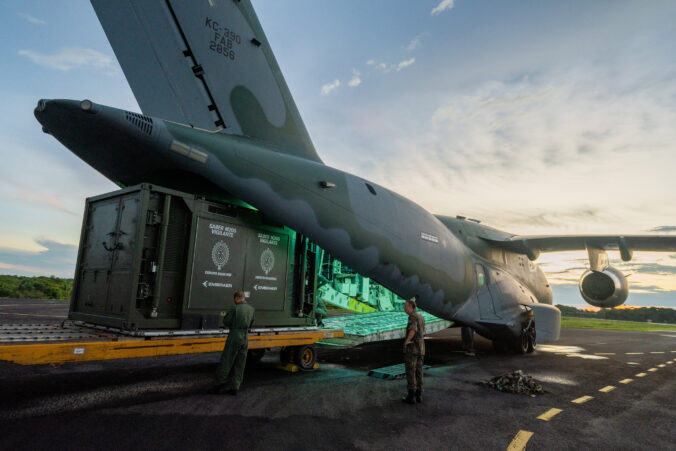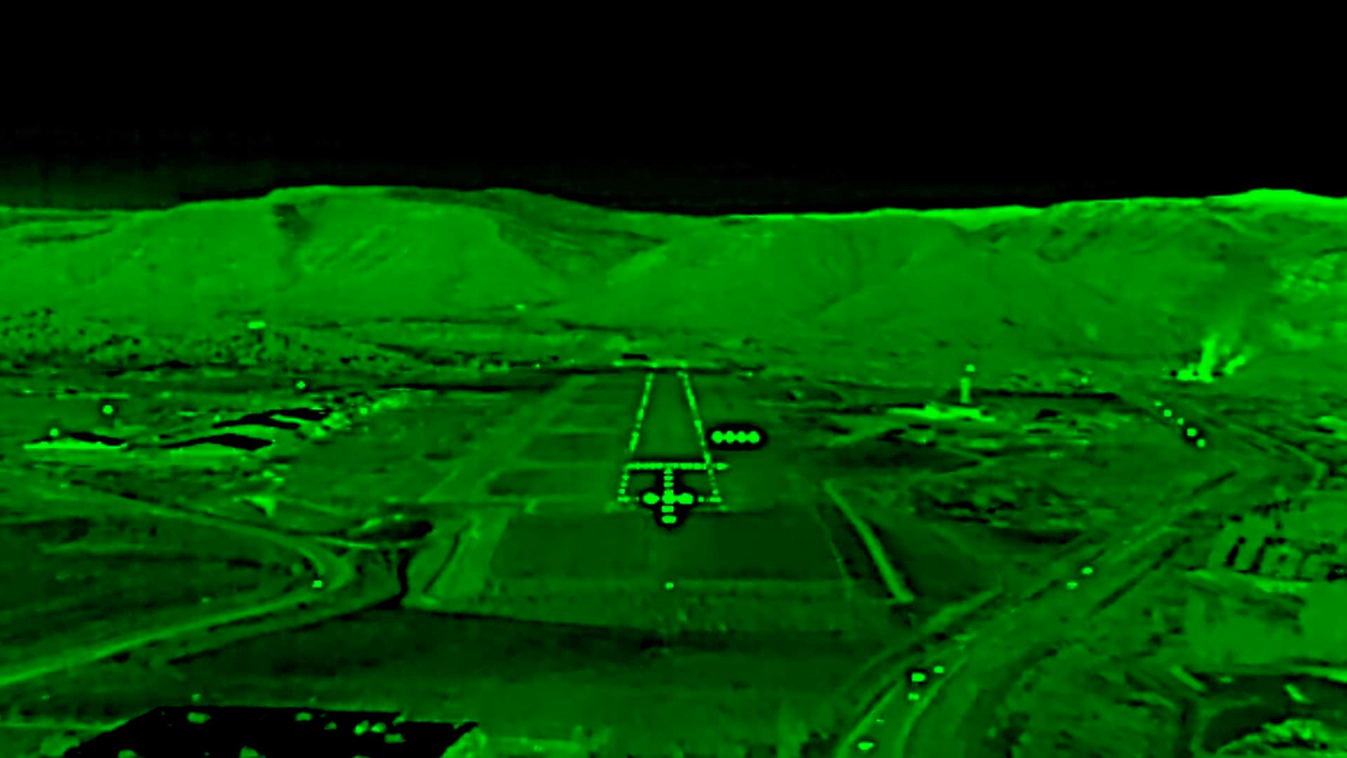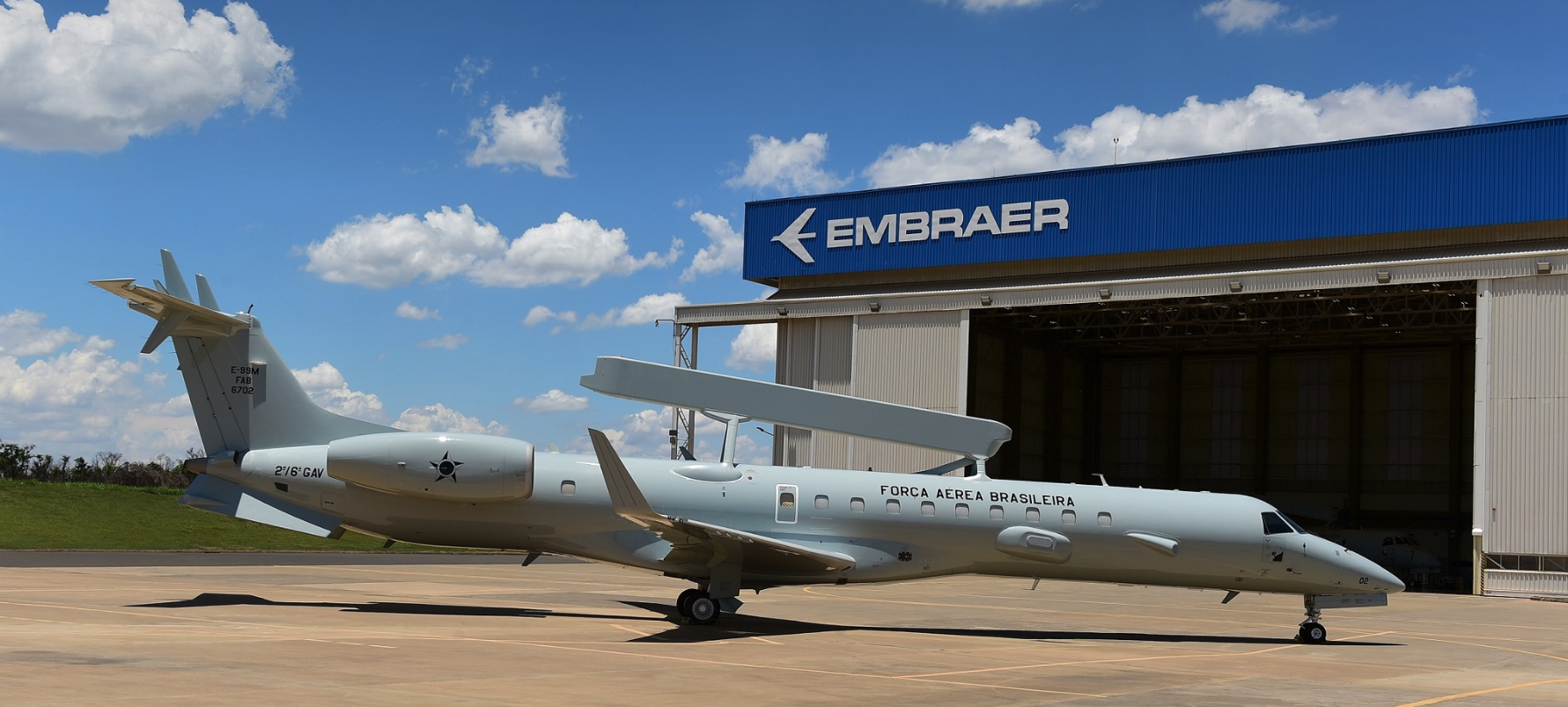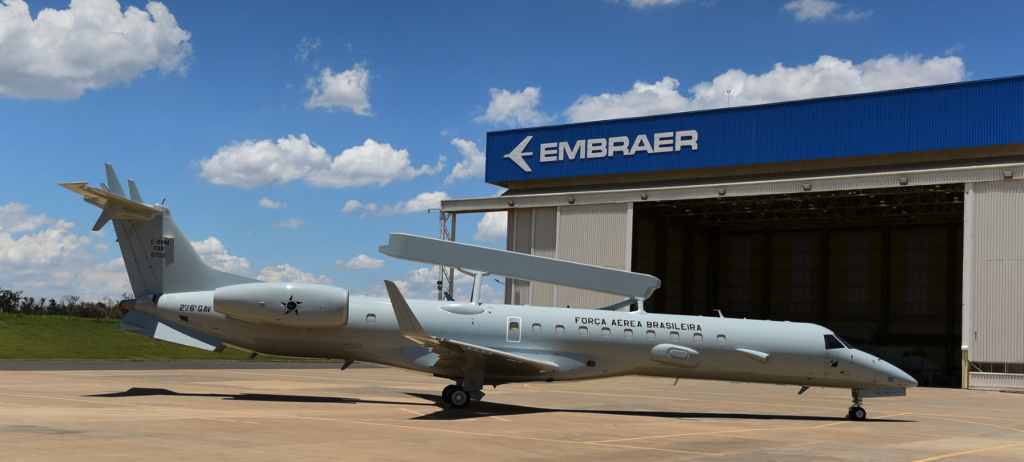Parintins, Brazil, August 25th, 2023 – Embraer (NYSE: ERJ) and the Brazilian Army have successfully completed the first test of the M200 Vigilante radar, including the deployment of the equipment on the KC-390 aircraft from the Brazilian Air Force (FAB). The radar operation was carried out at Júlio Belém Airport, located in Parintins, during June and July. The Parintins City Hall, Júlio Belém Airport, and Viracopos International Airport also supported the initiative.
The location was chosen due to the Parintins Folkloric Festival, an event that causes a significant increase in air traffic in the region. Thousands of visitors accessed the city this year through Júlio Belém Airport, resulting in more than 800 landings and takeoffs in one week. The M200 Vigilante radar was transported for the first time on a KC-390, on a three-hour journey between Campinas, in São Paulo state, and the city located in the Amazon rainforest. The sensor continuously monitored air traffic within a 200 km range of the airport, working together with CINDACTA IV flight controllers. CINDACTA IV is the Brazilian Air Force agency responsible for flight monitoring in the northern region of the country.
The M200 Vigilante radar is a medium-range sensor aimed at Air Surveillance and Early Warning applications. Using advanced processing techniques, it can identify and track positions and trajectories, as well as classify targets. It has an integrated power generation system, which guarantees operation autonomy for up to 48 hours and ease of transport by land and air platforms.




